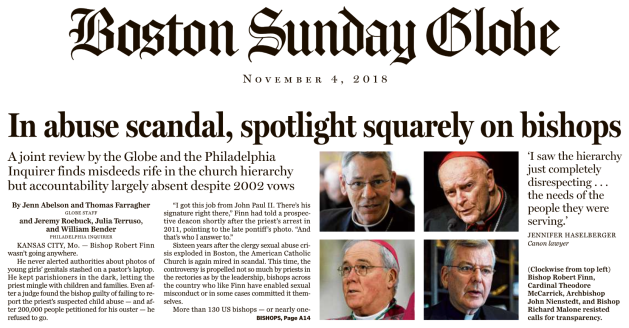
FCC chair Ajit Pai. Photo (cc) 2018 by Gage Skidmore.
Previously published at WGBHNews.org.
The Federal Communications Commission has opened a new front in its war on behalf of corporations and against the public it purportedly serves. A proposed FCC rule that could take effect as early as December would drastically cut funding for community cable television stations — the folks who bring you city council meetings, school concerts, and DIY local news reports.
The rule, pushed by the telecom industry, would allow cable providers to deduct the cost of local programming from the franchising fees they pay to cities and towns. According to Eli Sherman of GateHouse Media’s Wicked Local newspapers, groups like Citizens Against Government Waste, a conservative lobbying organization, have argued that those fees result in artificially high prices for cable subscribers.
But Susan Fleischmann, executive director of Cambridge Community Television (CCTV), sees it differently. “This is like a taxpayer saying to the city, ‘I am clearing my sidewalk of snow and keeping the leaves out of the storm drains, and I have also decided to take care of the trees in front of my house. So, I am counting this against the real estate taxes that I owe,’” she said in an email interview. (Disclosure: I am a member of CCTV’s honorary board.)
At a time when local newspapers are shrinking beyond recognition, local cable stands out as a vital outlet for meeting the informational needs of communities. Because cable companies are assessed fees to support PEG (public, educational, and governmental) programming on a per-subscriber basis, operations in some of the larger cities and towns are pretty robust. The Boston Neighborhood Network, as the city’s community TV effort is known, even has a half-hour nightly newscast produced in collaboration with journalism students at Boston University.
What’s at stake if the FCC has its way, says CCTV’s Fleischmann, is “the elimination or curtailment of one of the few remaining non-commercial free speech media platforms.” In Cambridge, she adds, that includes services such as training for hundreds of community residents who produce “thousands of hours of hyper-local news, current affairs, and entertainment,” the 27-year-old Youth Media Program, and coverage of local events.
Says Darlene Beal, executive director of HC Media in Haverhill: “Any reduction in funding for PEG hurts the entire community, especially as local news and information becomes scarcer. A funding cut as drastic as proposed by the FCC could reduce PEG to little more than a closet full of old out-of-date camera equipment. By that, I mean that the thriving community PEG organizations that provide media services to cities across Massachusetts will not exist in their current form.”
Despite the threat posed by the FCC’s proposed rule, coverage has been scarce and mainly relegated to local newspapers, although Boston 25 recently took on the issue. U.S. Sen. Edward Markey, D-Mass., recently sent a letter to FCC chair Ajit Pai raising concerns about the rule, writing:
Our constituents watch PEG channels to monitor local government proceedings, hear the latest news from nearby college campuses, and consume other locally produced programming including emergency alerts and directives. Your proposal may jeopardize these important functions. We encourage you and your colleagues on the Commission to ensure that any final decision will not threaten the sustainability of PEG stations.
In one sense, community cable is yesterday’s technology. Local stations are already under threat as increasing numbers of households cut the cord, dropping cable in favor of internet streaming services. Both Fleischmann and Beal say they are working to broaden their funding sources and distribution outlets, posting their content on their own websites, on YouTube, and on social media.
But funding from cable operators remains key. At the very least, local stations need time to make the transition to a post-cable world rather than suffering a drastic reduction immediately.
“We have long realized that the days of cable television, as we knew it, are coming to an end,” says Fleischmann. “The primary challenges are the loss of funding, as well as the need to find new distribution models for programming created by the community. CCTV has prioritized the diversification of our funding sources, yet we are still about 75 percent reliant on cable funding.”
So what can you do? Unfortunately, the FCC’s public comments window closed on Nov. 14. But you can email the FCC commissioners, whose contact information is listed here. Or you can try to send a “reply comment,” as CCTV suggests. Not that we should expect much. FCC chair Pai’s push to repeal net neutrality was successful even though there was a public outcry in favor of keeping the rule, which banned internet service providers from discriminating against certain types of internet traffic by slowing it down or charging more.
Local television is part of the glue that binds communities together. Whether you watch it a lot, a little, or never, you need it. Let’s try to save it.





